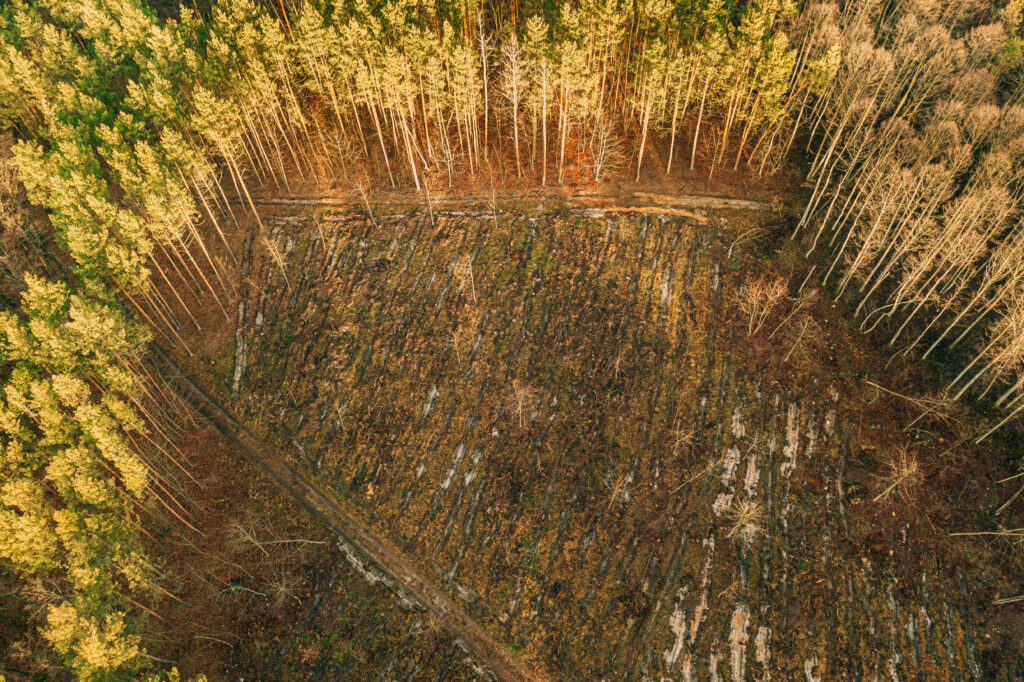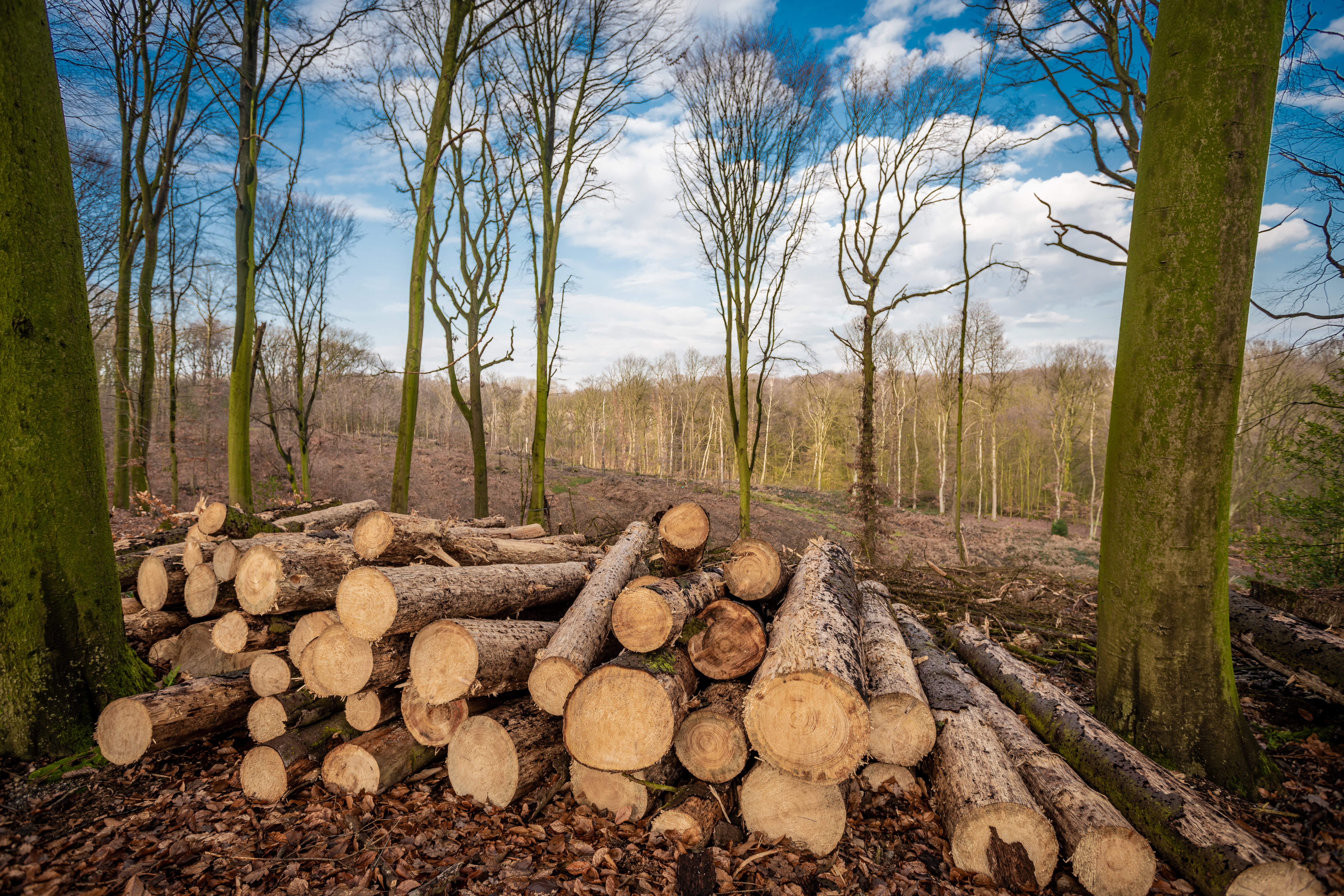It’s well-known that the world is becoming a lot less green: Over just 40 years, we’ve watched forests be cleared and natural habitats crushed in half of the Earth’s land mass. While this is an alarming trend, with destruction undeniably resulting from civilization’s encroachment on natural habitats, there are very human forces behind this problem as well. In this article, we take a closer look at some of these causes in more depth.
What is the Definition of Deforestation?

Deforestation is the removal of forests, by whatever means. It can refer to the natural loss of trees, as well as the potential destruction of forests due to the practices of people. Human-caused deforestation is often the result of commercial logging, slash-and-burn agriculture, livestock ranching, and urban sprawl. Deforestation can also be caused by natural disasters like hurricanes, fires, and droughts.
The loss of trees and other vegetation can cause climate change, desertification, soil erosion, fewer crops, flooding, increased greenhouse gases in the atmosphere, and a host of problems for indigenous people.
Cause and Effects of Deforestation
The loss of forests and other vegetation can cause climate change, desertification, soil erosion, fewer crops, flooding, increased greenhouse gases in the atmosphere, and a host of problems for indigenous people.
Deforestation is caused by many things: Slash-and-burn agriculture involves cutting down trees and burning them in the field to create space to grow crops or graze livestock. This is often done by small farmers in tropical regions who have no other way to make a living; however, large companies also engage in slash-and-burn deforestation on an industrial scale.
Destruction of forests also results from logging operations, both legal and illegal. Trees are cut down for lumber and pulpwood, which are used in paper production; to make room for palm oil plantations; and due to the actions of cattle ranchers clearing land for pasture. In some cases, such as in the Amazon rainforest, trees are cleared by SETTING FIRE TO THE FOREST! This is called ‘de slash burning’ and it releases massive amounts of carbon dioxide into the atmosphere.
The effects of deforestation are far-reaching and devastating. Climate change is perhaps the most well-known effect of deforestation; as trees remove carbon dioxide from the atmosphere, their destruction leads to increased levels of this greenhouse gas. This contributes to global warming and climate change.
Deforestation also contributes to desertification. When trees are removed from an area, the soil becomes more vulnerable to wind and water erosion. This
What Causes Erosion?

There are many factors that contribute to increased erosion on Earth. One of the most significant is deforestation. When trees are removed from an area, the root systems that hold the soil in place are also removed. This can cause hillsides and other areas to become unstable and susceptible to erosion by wind and water.
Other causes of increased erosion include climate change and human activity. Climate change can cause more extreme weather events, like hurricanes and flooding, which can wash away soils. And as humans continue to develop land for agriculture, housing, and other purposes, more and more soil is being lost to erosion.
How to Reduce Your Impact on Erosion
There are many ways that you can reduce your impact on erosion. One way is to reduce the amount of time that you spend on activities that cause soil disturbance. This includes activities such as tilling, plowing, and digging. You can also reduce your impact by using less energy-intensive methods of land management, such as no-till farming. Additionally, you can help to reduce erosion by planting vegetation that stabilizes the soil, such as trees and shrubs. Finally, you can help to control erosion by using practices such as terracing and contour plowing.









